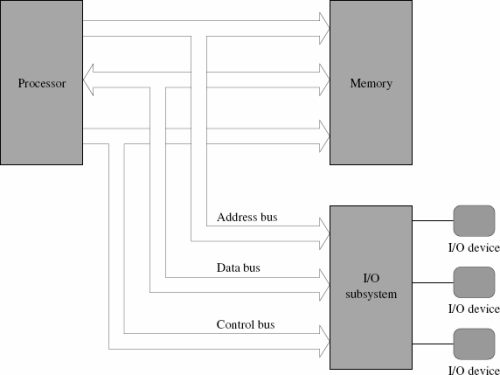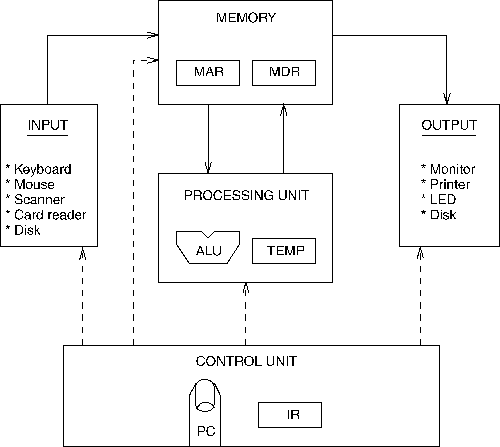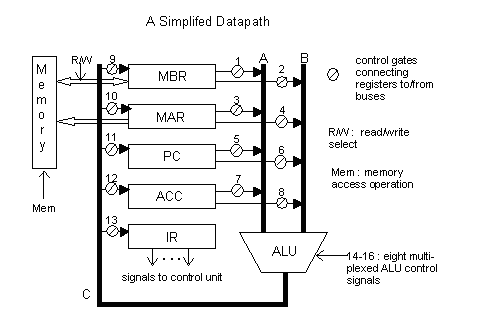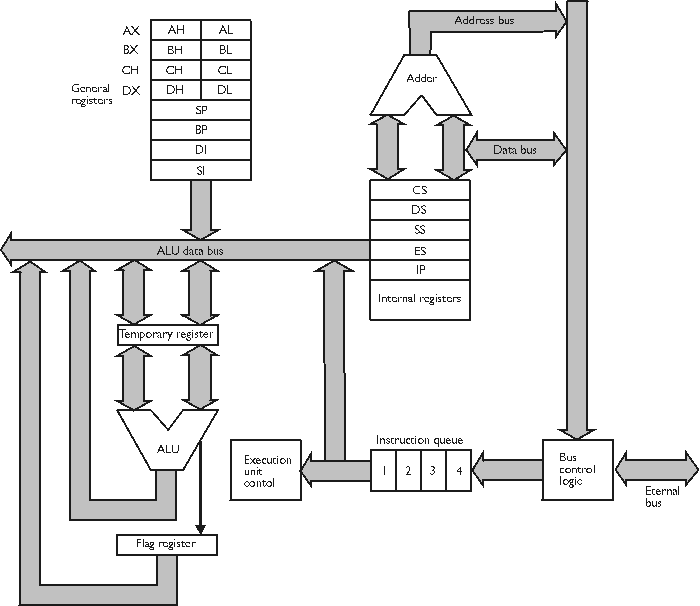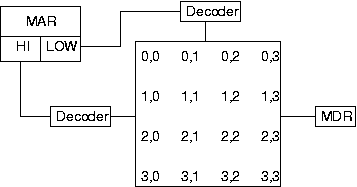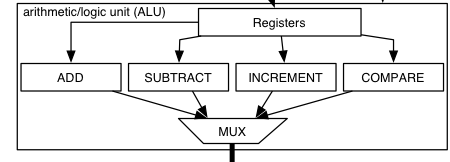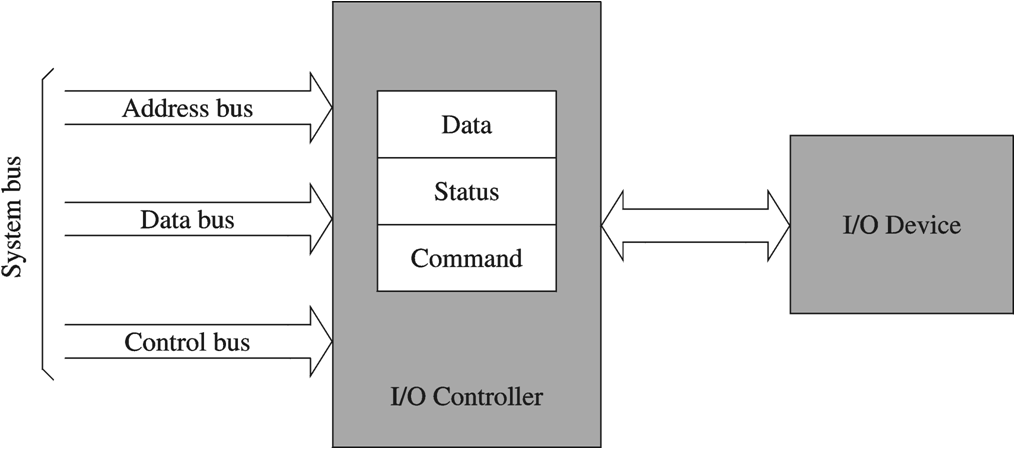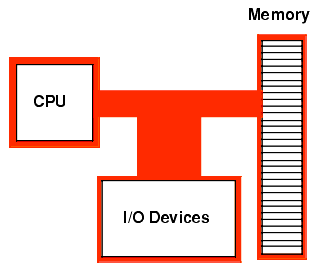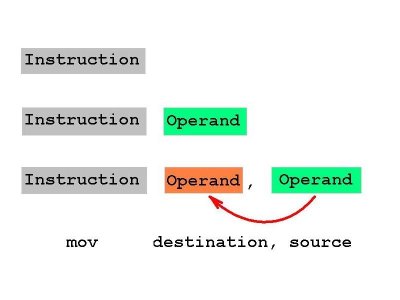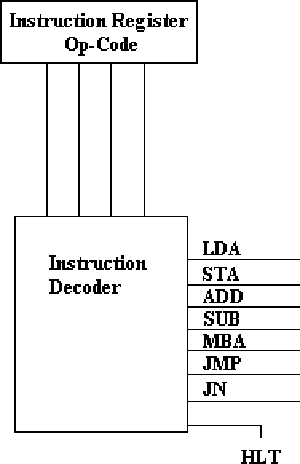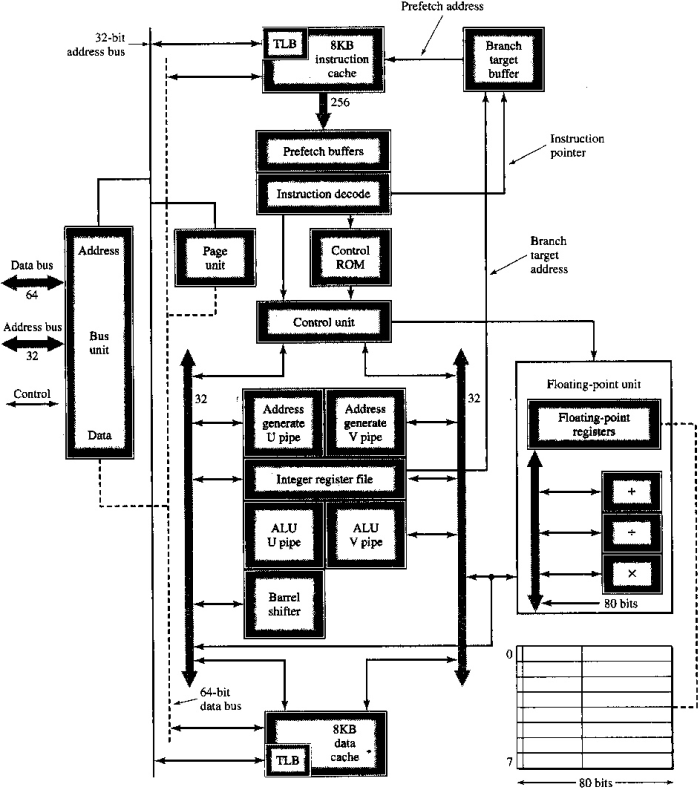-
Von Neumann computer systems contain three main building blocks:
-
the central processing unit (CPU),
-
memory,
-
and input/output devices (I/O).
-
-
These three components are connected together using the system bus.
-
The most prominent items within the CPU are the registers: they can be manipulated directly by a computer program.
-
The following block diagram shows major relationship between CPU components:
